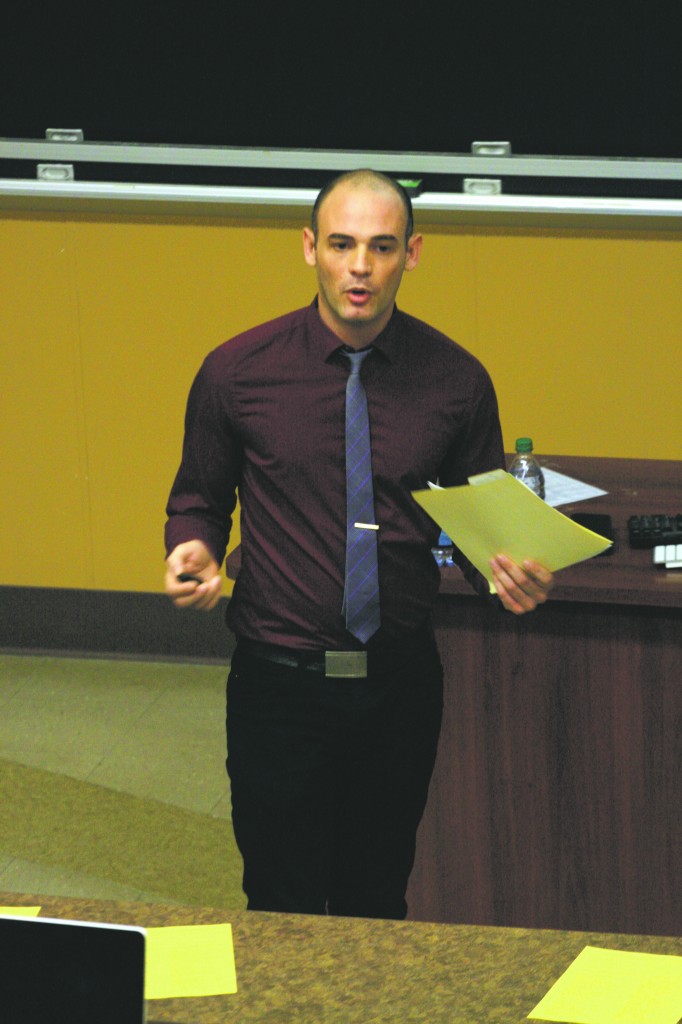
After retracing hundreds of miles of slave voyages, Jorge Felipe González traveled hundreds of miles from Cuba to Binghamton to explain his research.
González, from the Fundación Fernando Ortiz in Havana and a current fellow at Harvard University, described the participation of the United States in the Cuban slave trade on Thursday evening.
“My thesis is about the interaction of three points in the Atlantic world: Havana in Cuba, Charleston and Baltimore in the United States and posts in West Africa,” he said.
González said that, by the beginning of the 19th century, the United States had a majority of the market share in Cuba.
“In 1806, from 62 vessels that arrived in Havana, 58 were from the United States,” he said.
González said that at the time, Cuban planters made use of the skills that American traffickers offered.
“A large group of American investors joined forces with planters in Cuba to prolong the existence of the slave trade and the institution of slavery itself,” he said. “In the beginning, the planters relied extensively on the capital and the know-how of the U.S.”
Reynaldo Ortiz, event organizer and adjunct professor in the Latin America and Caribbean Area Studies (LACAS) program, said that the presentation has a special significance in the modern world.
“The topic clearly is of great importance,” he said. “Given current slave trafficking, conditions in the 19th century and U.S. imperialism in the 20th century, the slave trade is very important to understanding the history. The material requires much investigation, and even this event only gives a small glimpse into the history of slavery.”
González said that Cuban self-identity was largely influenced by slave traffickers and their families, even though this aspect has been nearly excluded from many traditional histories of Cuba.
“There’s likely to be more pages on Carlos Manuel de Céspedes in a textbook than there would be on slavery,” he said through a translator, referring to a Cuban war hero. “In the mid 20th century when the history of slavery and slave trafficking began to be initiated, it was indeed the children and grandchildren of the traffickers who began this history.”
González described how the British government planned to employ freed slaves to patrol the West African coast in order to commandeer slave ships, ultimately trying to free the human chattel on board.
“During the American independence movement some slaves fought against independence. When the war ended the British chose to transport these slaves to Nova Scotia and finally Freetown,” he said. “With all these people, they basically formed squads that would patrol the entire coast of Africa.”
The event, sponsored by the LACAS program and sociology department, also included a Q&A session for the 30 students in attendance. After the event, many attendees expressed awe at the breadth of slavery at the time.
“I had no idea how much influence the U.S. had in the Atlantic Slave trade,” said Tiffany Perez, a senior majoring in history. “It was incredible how the logs of ships were falsified, and it’s interesting because a lot of the sources you couldn’t find here in the U.S.”
Orkun Gonen, a senior majoring in political science, said he had not known slavery had expanded such a vast influence.
“I had no idea about the financial dynamics between the United States and Cuba. I didn’t know much about Cuba’s role in the slave trade either,” he said. “It was a tremendous opportunity to host a professor from Cuba with a unique perspective.”


